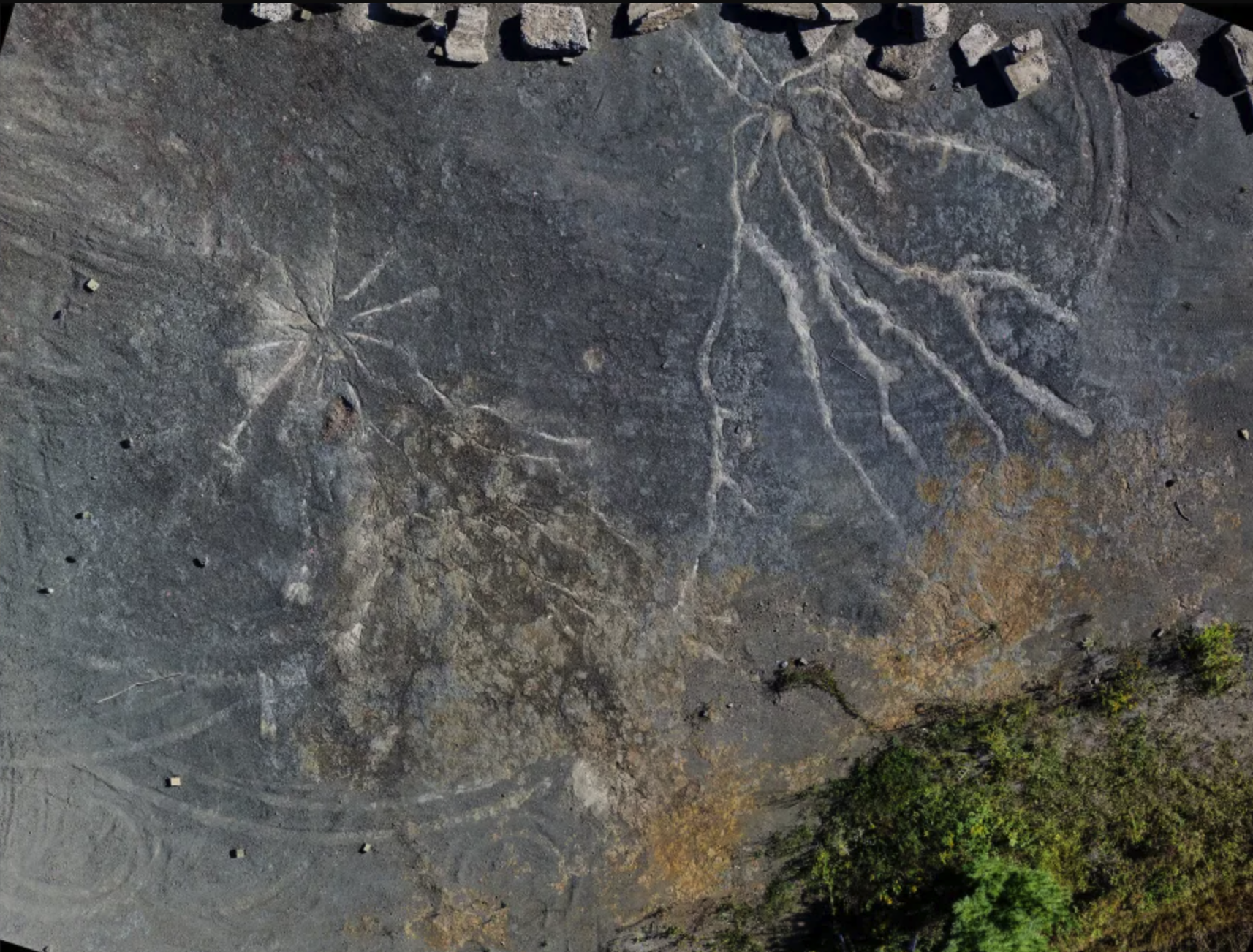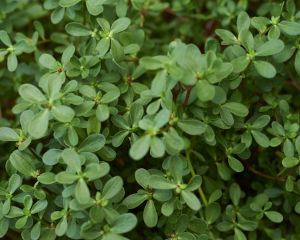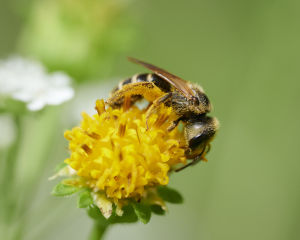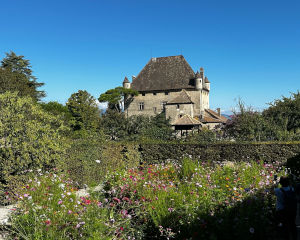
Unearthing The Oldest Forest on Earth
Two Hours from New York City You Can Travel Back Nearly 400 Million Years
By Gayil Nalls
Sign up for our monthly newsletter!
The exploration of an ancient, fossilized forest in a quarry in Cairo, New York, in the region of the Catskill-Hudson Valley, initiated years ago, has revealed a treasure trove of evidence showcasing early plant life coexisting with dinosaurs. The footprint of the ancient forest situated at the bottom of a quarry has become a crucial archaeological window into a distant past.
The site was discovered by Charles Ver Straeten, curator of sedimentary rocks at the New York State Museum, and his colleagues. International researchers came to study the area, led by William Stein, emeritus professor of biological sciences at Binghamton University, and Christopher Berry a paleobotanist at Cardiff University in the UK. They carefully examined fossils of various plants and trees and made the groundbreaking discovery that this forest is the oldest ever found on Earth, predating even well-known ancient forests like the Amazon rainforest and the Yakushima Forest in Japan.
The site quickly unveiled its secrets, offering a glimpse into a world that thrived 386 million years ago, the Middle Devonian Epoch (398-385 million years ago), when most life on Earth was still in the ocean.
The well-preserved ancient forest, once a thriving ecosystem, presents a unique opportunity for scientists to delve into the mysteries of Earth’s ancient past.
The researcher’s primary focus was to examine the fossils of plants and trees found within the ancient forest, discovering evidence of plentiful early plant life. Through meticulous analysis of the impressions, they were able to identify and catalog a diverse array of plant life that flourished during the time of dinosaurs. The discovery included ferns, palms, and tree species that reproduce using spores, and are the ancestors to seed plants. The findings not only provide valuable insights into the biodiversity of the prehistoric world and expand our understanding of ancient ecosystems but also challenge existing notions about the nature of plant life during the dinosaur era.
The groundbreaking aspect of this discovery lies in the determination of the forest’s age. Advanced dating techniques and scrutiny of the fossilized remains led scientists to conclude that the Cairo forest is the oldest ever found on Earth – 140 million years older than the first dinosaurs, surpassing the age of renowned ancient forests, including the Amazon rainforest and the Yakushima Forest in Japan.

Charles Ver Straeten
This revelation not only adds a new chapter to the geological history of our planet but also raises questions about the evolution of plant life over time. The scientists think the findings will allow them to understand specifics about how plants and trees draw down carbon dioxide from the atmosphere.
The unearthing of the ancient forest floor in Cairo, New York, stands as a testament to the continuous exploration of our planet’s rich history. This discovery not only sheds light on the diverse plant life that coexisted with dinosaurs but also challenges our preconceptions about the age of ancient forests. As researchers delve deeper into the mysteries held within the fossilized remains, the story of Earth’s oldest forest continues to unfold, offering a unique glimpse into the wonders of our planet’s distant past.

William Stein
Exploring ancient forests not only allows us to peer into the past but also imparts valuable insights for the present and future, according to the scientists. Amid contemporary challenges like deforestation, comprehending the biodiversity and dynamics of ancient ecosystems can contribute significantly to understanding the transitional period we are in and provide insights for conservation endeavors.
*The top photograph is an overview of a well-preserved Archaeopteris root system on the left, and a possible Stigmarian Isoetalean lycopsid on the right.
© Photographs and videos are courtesy of William E. Stein,
Binghamton University Emeritus Professor of Biological Sciences
For more details, refer to:
https://www.sciencedirect.com/science/article/abs/pii/S0031018210006565
https://www.cell.com/current-biology/pdf/S0960-9822(19)31569-6.pdf
Gayil Nalls, Ph.D., is the creator of World Sensorium and founder of the World Sensorium Conservancy.
Plantings
Issue 30 – December 2023

Viriditas: Musings on Magical Plants: Portulaca oleracea
By Margaux Crump

Proboscis, Pollen, and the Rapture of Interspecies Intimacy
By Jake Eshelman

The Greening of Milan: Porta Nuova and Vertical Forest
By Gayil Nalls

Overshooting Earth’s Boundaries: An Interview with Bill Rees
By Rachel Donald

The Garden of the Five Senses
By Gayil Nalls

Eat More Plants Recipes:
Le Botaniste’s Fennel, Tomato, and Red Pepper Pasta Sauce

As Ireland transitions from the rich, smoky scent of peat-burning to a more sustainable future, its olfactory heritage is evolving. What will become the next iconic aromatic symbol of Ireland?
Click to watch the documentary trailer.


